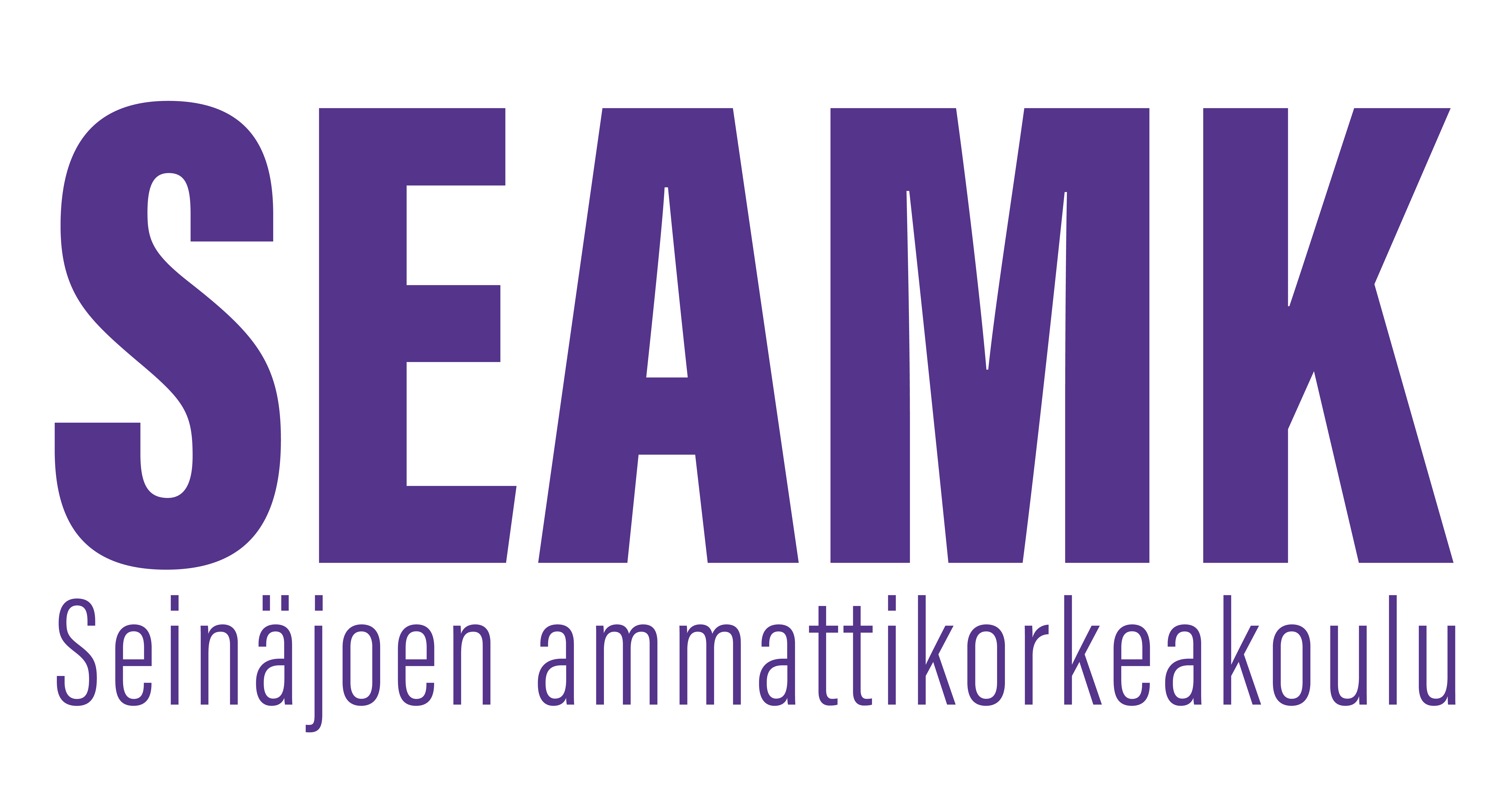Introduction to Welfare Society (3op)
Opintojakson tunnus: SOSEM20
Opintojakson perustiedot
- Laajuus
- 3 op
- Opetuskieli
- englanti
Osaamistavoitteet
Students are able to explain the concept of welfare society, its essential features and principles and its historical development. Students can explain how the Finnish welfare society is similar to other European, especially Nordic, welfare models, and how it differs from them. Students know how the welfare services are integrated into the functions of the welfare state. They know how the services of the welfare society are organized and funded. Students are able to follow current social and economic debates. They know how to describe the respective roles of the public, private and third sector as actors in the welfare society and as providers of welfare services. Students can explain the meaning of formal and informal help.They can explain about the potential changes and imminent challenges of the welfare society and its various sectors.
Sisältö
- the concept of welfare society
- Nordic and European welfare models
- welfare services as part of the welfare society
- the public sector as a provider of welfare services
- the private sector as as provider of welfare sevices
- the third sector as a provider of welfare service
- informal and formal help
Esitietovaatimukset
no prerequisities
Arviointikriteerit, tyydyttävä (1)
Students are name essential features and principles of welfare society. Students can describe gestures of different welfare models. They are capable to recognize roles of different sectors and their perspectives of change as actors of welfare society.
Arviointikriteerit, hyvä (3)
Students are able to explain definition of welfare society, its essential features and principles. Students can name gestures of different welfare models. They are capable to compare roles of different sectors and their perspectives of change as actors of welfare society.
Arviointikriteerit, kiitettävä (5)
Students are able to name some essential features and principles of welfare society. Students can describe gestures of different welfare models. They are able to recognize roles and perspectives of change concerning different sectors as actors of welfare society. Students skills of economical literacy is possible to recognize.
